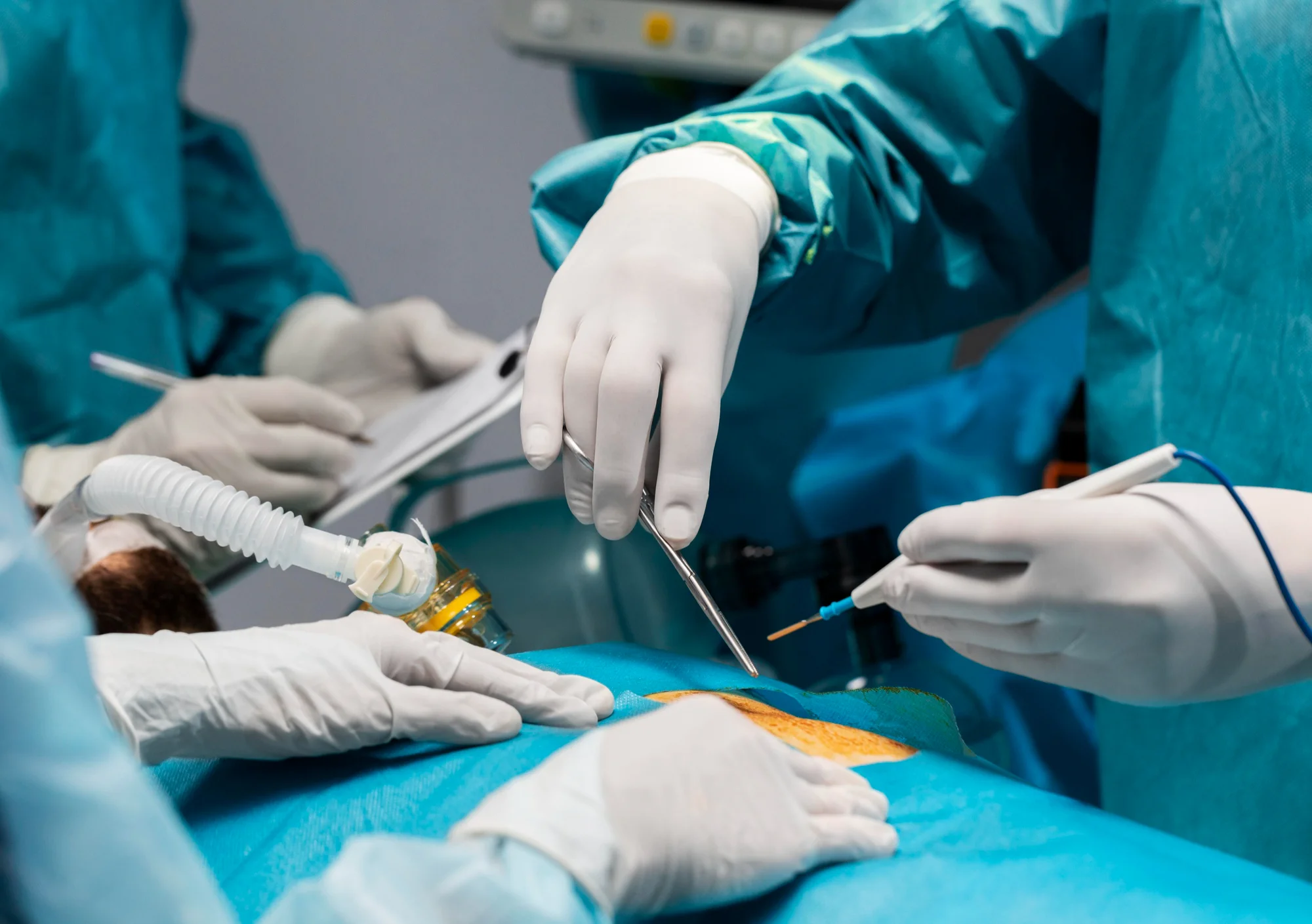An anastomotic leak, a dreaded complication in the realm of colorectal surgery, continues to challenge surgeons despite advancements in operative techniques and perioperative care. With morbidity and mortality rates that compel attention, the management of anastomotic leaks is a topic of ongoing research and discussion among clinical professionals. This elaborate news article delves deep into the current understanding and operative management of anastomotic leaks following colorectal surgery while providing an analysis based on recent studies and expert opinions.
Anastomotic leaks, which involve the breakdown of a surgical connection between two parts of the bowel, range in incidence from a mere 1% in low-risk anastomoses, such as enteroenteric or ileocolic, to a staggering 19% in high-risk coloanal anastomoses, according to a comprehensive review by Saur Nicole M. and Paulson E. Carter (DOI: 10.1055/s-0038-1677025). The multifactorial nature of risk factors for anastomotic leakage, although extensively studied, remains only partially understood with definitive evidence still forthcoming from high-quality research.
The risk factors are presumably cumulative, and therefore, the optimization of modifiable risks in the perioperative period is vital. Studies such as those by McDermott F.D. et al. (DOI: 10.1002/bjs.9763) and Adams K. et al. (DOI: 10.1007/s00384-013-1689-3) highlight the complexity of both predicting and diagnosing anastomotic leaks, exacerbating the challenge of effective management.
Treatment of an anastomotic leak begins with determining patient stability, followed by resuscitation and diagnostic imaging or operative exploration. The choice of operative approach is determined by intraoperative findings, with the goal of controlling sepsis and stabilizing the patient (Bruce J. et al., DOI: 10.1046/j.0007-1323.2001.01829.x). When a nonoperative treatment is pursued, vigilant patient monitoring is imperative to ensure control of sepsis and intervene promptly if the clinical picture changes.
Early intervention is key to reducing the morbidity associated with anastomotic leaks. Hyman N. et al. (PMC1876987) and Gessler B. et al. (PMC5355508) demonstrate that a delay in diagnosis and intervention can have grave consequences for the patient’s recovery and survival outcomes. Furthermore, the predictive value of anastomotic leakage as an indicator of diminished survival post colorectal cancer surgery is highlighted by Walker K.G. et al. (PMC1356401).
The literature presents various operative techniques and considerations, including the debate between handsewn versus stapled anastomoses highlighted in studies by Choy P.Y. et al. (DOI: 10.1002/14651858.CD004320.pub3) and Neutzling C.B. et al. (DOI: 10.1002/14651858.CD003144.pub2). Various factors such as the technique of rectal division, the use of protective defunctioning stoma, and laparoscopic versus open colectomy have been examined for their influence on anastomotic leak rates (Braunschmid T. et al., PMC5715046; Murray A.C. et al., DOI: 10.1007/s00464-016-4800-7; Gastinger I. et al., DOI: 10.1002/bjs.5038).
Additionally, the administration of corticosteroids, the application of nonsteroidal anti-inflammatory drugs (NSAIDs), and the patient’s nutrition status have been scrutinized as potential risk factors (Eriksen T.F. et al., DOI: 10.1111/codi.12581; Smith S.A. et al., DOI: 10.1097/DCR.0000000000000695).
When faced with an anastomotic leak, the treatment may involve reoperation with washout and potentially creating a new anastomosis or stoma, percutaneous drainage of any collection, or a nonoperative approach in selected cases with close monitoring—each of which presents its own set of challenges and complications (Law W.I. et al., DOI: 10.1016/S0002-9610(99)00267-5; Choi H.K. et al., DOI: 10.1007/s10350-006-0756-y).
The progress in imaging techniques, such as with CT-guided drainage, has provided a less invasive option to manage localized leaks and abscesses effectively and has substantially impacted the outcomes in these complex scenarios (Siewert B. et al., DOI: 10.2214/AJR.05.0712).
In summary, while the operative management of anastomotic leaks after colorectal surgery remains challenging, an understanding of the risk factors, early recognition, and prompt, appropriate treatment are crucial components in improving patient outcomes. Continuous research and development of standardized definitions, diagnostic criteria, and management protocols are essential for advancing the field.
Keywords
1. Anastomotic Leak Prevention
2. Colorectal Surgery Complications
3. Anastomosis Management
4. Sepsis After Surgery
5. Nonoperative Treatment of Anastomotic Leak
References
1. Saur Nicole M., & Paulson E. Carter. (2019). Operative Management of Anastomotic Leaks after Colorectal Surgery. Clinics in Colon and Rectal Surgery, 32(3), 190–195. DOI: 10.1055/s-0038-1677025
2. McDermott F. D., Heeney A., Kelly M. E., Steele R. J., Carlson G. L., & Winter D. C. (2015). Systematic review of preoperative, intraoperative and postoperative risk factors for colorectal anastomotic leaks. Br J Surg, 102(05), 462–479. DOI: 10.1002/bjs.9763
3. Adams K., & Papagrigoriadis S. (2013). Little consensus in the definition or diagnosis of a lower gastro-intestinal anastomotic leak amongst colorectal surgeons. Int J Colorectal Dis, 28(07), 967–971. DOI: 10.1007/s00384-013-1689-3
4. Bruce J., Krukowski Z. H., Al-Khairy G., Russell E. M., & Park K. G. (2001). Systematic review of the definition and measurement of anastomotic leak after gastrointestinal surgery. Br J Surg, 88(09), 1157–1168. DOI: 10.1046/j.0007-1323.2001.01829.x
5. Hyman N., Manchester T. L., Osler T., Burns B., & Cataldo P. A. (2007). Anastomotic leaks after intestinal anastomosis: it’s later than you think. Ann Surg, 245(02), 254–258. PMC1876987
Please note that an extensive news article like this would typically also include quotes and insights from interviews with experts, a deeper explanation of methodology behind significant studies, discussion of the impact of findings on current clinical practice, and perhaps even patient narratives to provide a more comprehensive view of the topic at hand.
